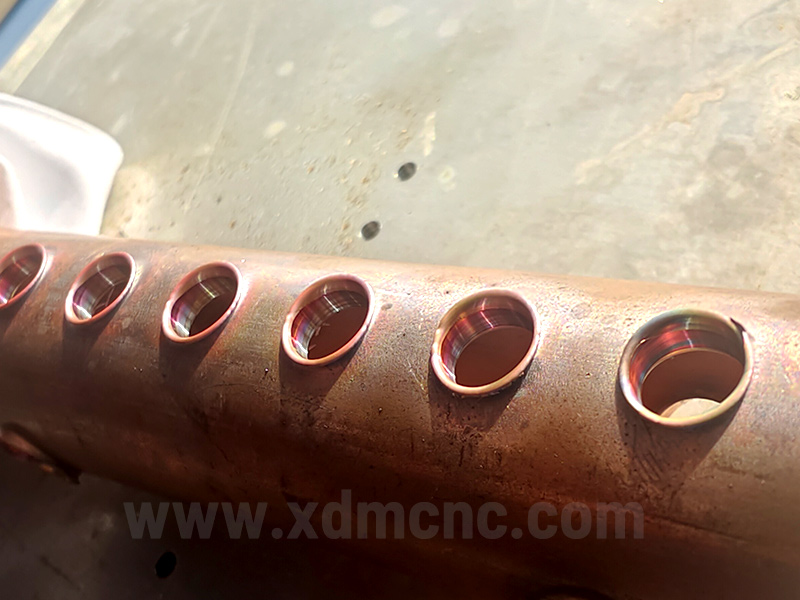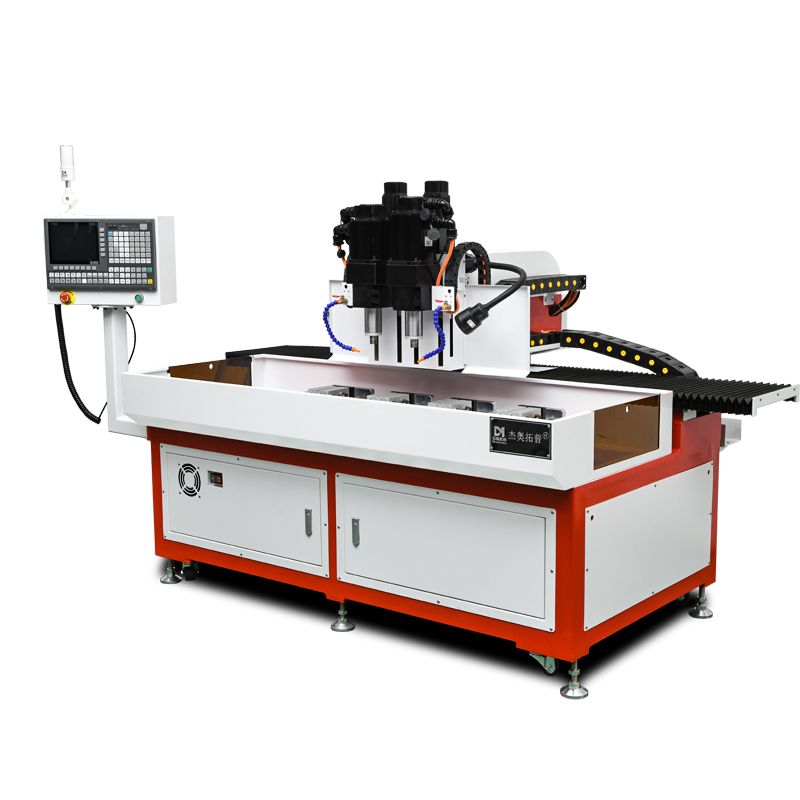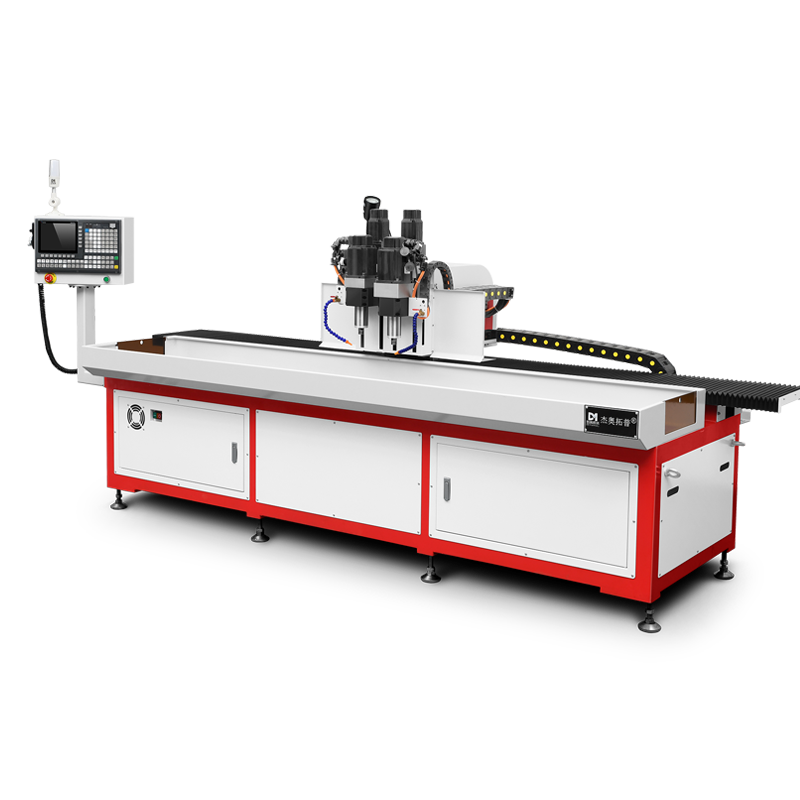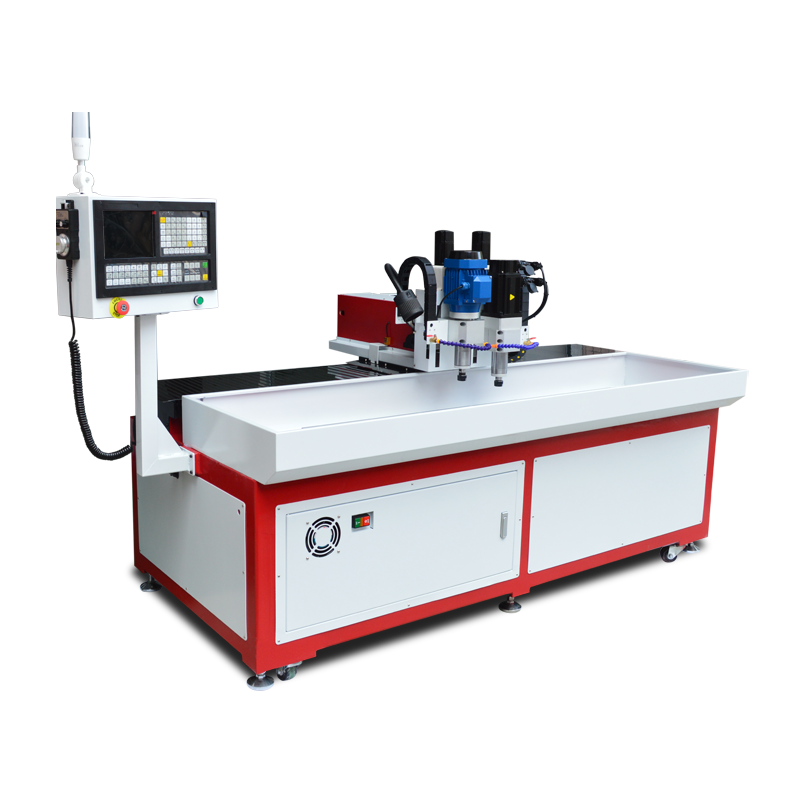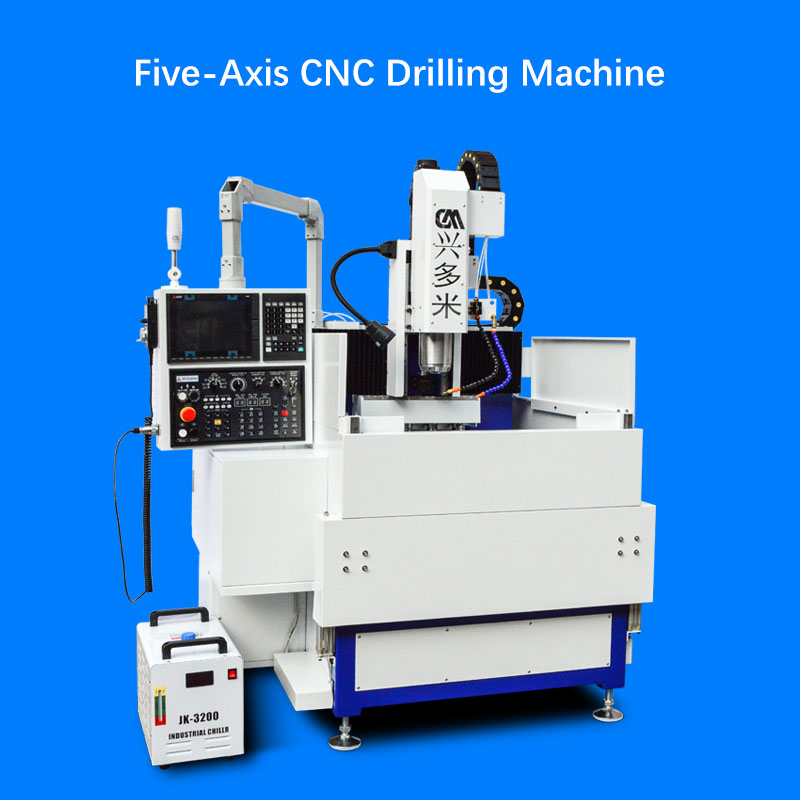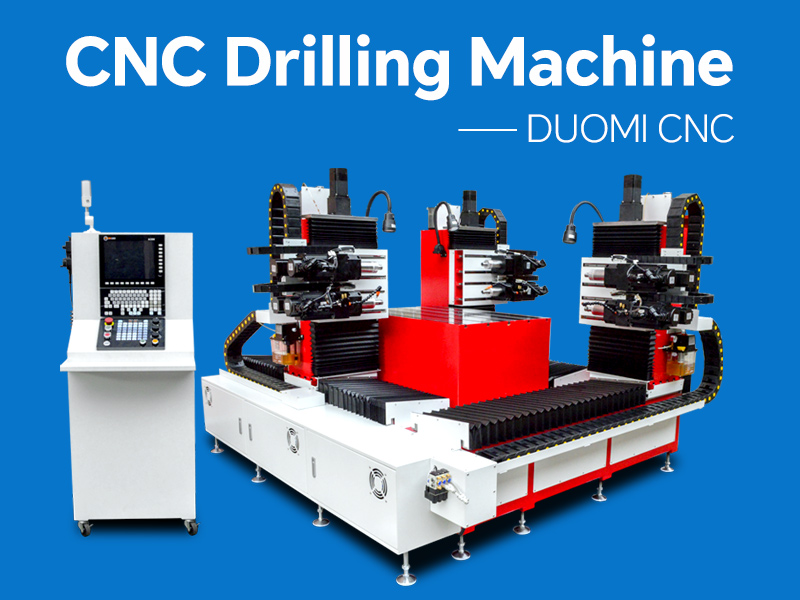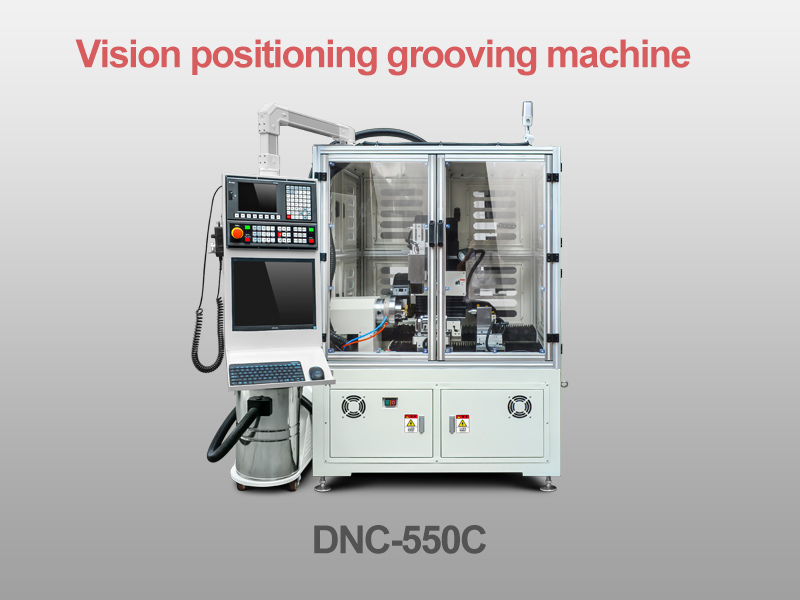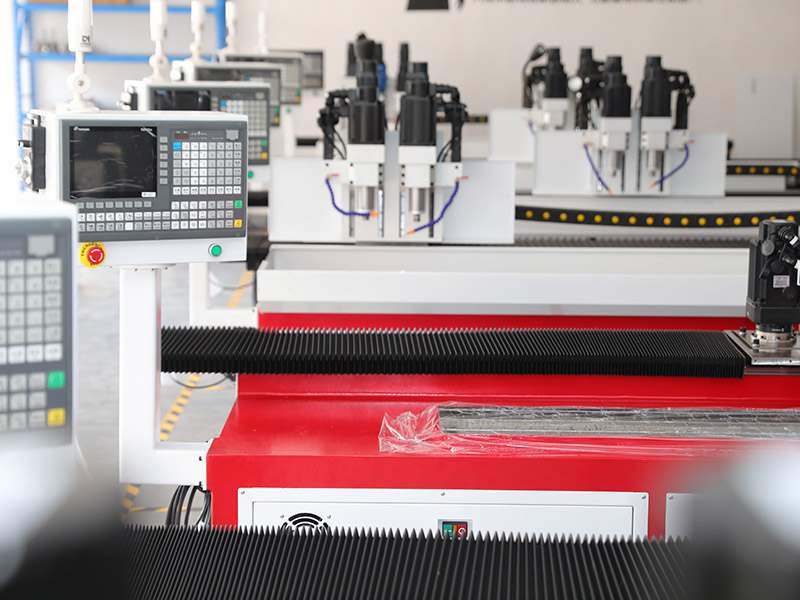Drilling holes in long metal objects requires careful planning and the right equipment to ensure precision, safety, and efficiency. Here's a step-by-step guide:
Preparation
Measure and Mark:
- Measure and mark the exact points where the holes are needed using a ruler, calipers, or a measuring tape.
- Use a center punch to make a small dent at each mark. This prevents the drill bit from slipping.
Secure the Metal Object:
- Use a vise or clamps to secure the object firmly on a stable surface.
- If the object is particularly long, consider using supports on both ends to keep it level.
Choose the Right Drill Bit:
- Use high-speed steel (HSS) or cobalt drill bits designed for metal.
- For thicker or harder metals, consider using a step drill bit or a carbide-tipped bit.
Lubrication:
- Apply cutting fluid or oil to the drilling area to reduce friction and heat, prolonging the life of the drill bit.
Flowdrill drilling holes in long copper tubes
Drilling Process
Pilot Hole:
- Start with a smaller drill bit to create a pilot hole. This helps guide the larger drill bit and ensures accuracy.
Drill Slowly:
- Use a slow to moderate drilling speed. Higher speeds can cause overheating and dull the drill bit.
- Apply consistent pressure, but don’t force the drill. Let the bit do the cutting.
Incremental Drilling (if necessary):
- If drilling a large hole, increase the size of the drill bits incrementally rather than starting with the final size.
Cool the Drill Bit:
- Pause periodically to allow the drill bit to cool. Reapply cutting fluid as needed.
Break Through:
- As the drill bit nears the end of the material, reduce pressure to avoid burrs or jagged edges.
Post-Drilling
Deburr the Hole:
- Use a deburring tool, file, or sandpaper to smooth the edges of the hole.
Clean the Work Area:
- Wipe off excess cutting fluid and remove metal shavings.
Inspect the Hole:
- Ensure the hole is clean, round, and the correct size.
Special Considerations
Long and Thin Objects:
- For hollow or thin-walled metal objects, support the interior with a mandrel or wood dowel to prevent deformation.
Angle Holes:
- Use a drill press or jig for precise angle drilling.
Long Holes (Deep Drilling):
- Consider using an extended-length drill bit.
- Remove the drill bit periodically to clear chips and prevent clogging.



